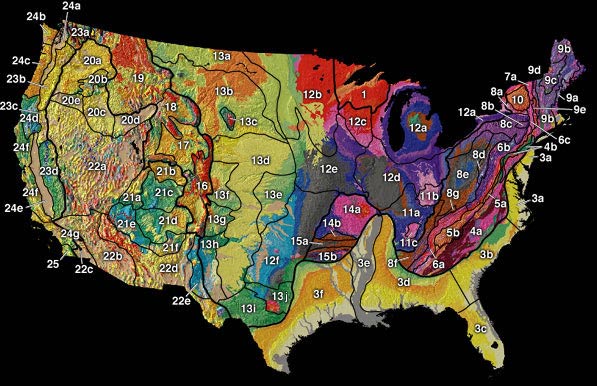NEWS NOTES ON SUSTAINABLE WATER RESOURCESPhysiographic Regionshttps://en.wikipedia.org/wiki/Physiographic_regions_of_the_United_States“During ...
Published on by Tim Smith, Employee at Retiree & P/T Consultant

Physiographic Regions
https://en.wikipedia.org/wiki/Physiographic_regions_of_the_United_States
“During the early 1900s, the study of regional-scale geomorphology was termed physiography". Physiography later was considered to be a contraction of "physical" and "geography", and therefore synonymous with physical geography, and the concept became embroiled in controversy surrounding the appropriate concerns of that discipline. Some geomorphologists held to a geological basis for physiography and emphasized a concept of physiographic regions while a conflicting trend among geographers was to equate physiography with "pure morphology," separated from its geological heritage.”
“In the period following World War II, the emergence of process, climatic, and quantitative studies led to a preference by many Earth scientists for the term "geomorphology" in order to suggest an analytical approach to landscapes rather than a descriptive one. In current usage, physiography still lends itself to confusion as to which meaning is meant, the more specialized "geomorphological" definition or the more encompassing "physical geography" definition.”
“For the remainder of this article, emphasis will remain on the more "geomorphological" usage, which is based upon geological landforms, not on climate, vegetation, or other non-geological criteria.”
“The physiographic regions of the contiguous United States comprise 8 regions, 25 provinces, and 85 sections. The system dates to Nevin Fenneman's paper Physiographic Subdivision of the United States, published in 1917. Fenneman expanded and presented his system more fully in two books, Physiography of western United States (1931), and Physiography of eastern United States (1938). In these works Fenneman described 25 provinces and 85 sections of the United States physiography.”